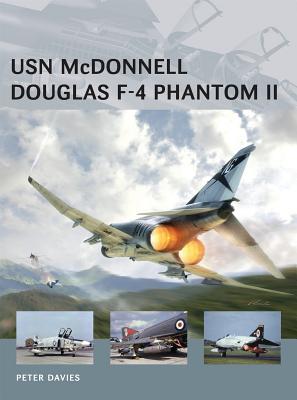


Books in series

Republic F-105 Thunderchief
2012

Sopwith Camel
2012

Martin B-26 Marauder
2013

Albatros D.I-D.II
2013

Hawker Hurricane Mk I-V
2013

USAF McDonnell Douglas F-4 Phantom II
2013

Curtiss P-40 - Long-nosed Tomahawks
2013

Sukhoi Su-25 Frogfoot
2013

General Dynamics F-111 Aardvark
1997

Curtiss P-40 -Snub-nosed Kittyhawks and Warhawks
2013

Lockheed A-12
The CIA's Blackbird and other variants
2014

Albatros D.III
Johannisthal, OAW, and Oeffag variants
2014

Mikoyan-Gurevich MiG-21
2014

Junkers Ju 87 Stuka
2014

Lockheed F-117 Nighthawk Stealth Fighter
2014

Messerschmitt Bf 109 A–D series
2015

Mitsubishi A6M Zero
2015

LOCKHEED SR-71, BLACKBIRD. OSPREY AIR COMBAT.
1911

Avro Lancaster
2015

USN McDonnell Douglas F-4 Phantom II
2016

Messerschmitt Bf 109 E–F series
2015
Authors

Mike Guardia is an internationally recognized author and military historian. A veteran of the United States Army, he served six years on active duty as an Armor Officer. He is the author of the widely-acclaimed "Hal Moore: A Soldier Once...and Always," the first-ever biography chronicling the life of LTG Harold G. Moore, whose battlefield leadership was popularized by the film "We Were Soldiers," starring Mel Gibson. He has twice been nominated for the Army Historical Foundation's Distinguished Book Award and is an active member of the Military Writers Society of America. As a speaker, he hosts the lecture series "Hal Moore: Lessons in Leadership," which is available for presentation at schools, businesses, and civic organizations worldwide. Mike Guardia has given presentations at the US Special Operations Command and the International Spy Museum. His work has been reviewed in the Washington Times, Armchair General, ARMY Magazine, DefenceWeb South Africa, and Miniature Wargames UK. He holds a BA and MA in American History from the University of Houston. He currently lives in Texas.
